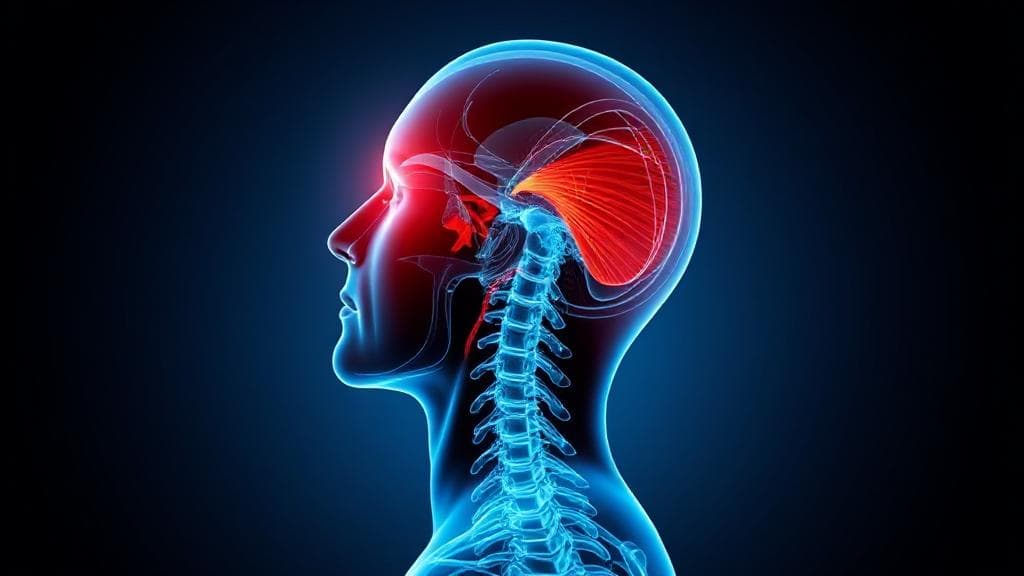What is Whiplash?
Whiplash is a neck injury that occurs due to a forceful, rapid back-and-forth movement of the neck, similar to the cracking of a whip. While most commonly associated with rear-end car accidents, it can also result from sports accidents, physical abuse, falls, or other trauma. The sudden motion causes the neck's muscles, ligaments, and soft tissues to stretch and tear, affecting the neck and upper back.
Common Symptoms
Immediate Symptoms
- Neck pain and stiffness
- Headaches, often starting at the base of the skull
- Shoulder pain
- Dizziness
- Fatigue
- Blurred vision
Delayed Symptoms
- Memory problems
- Difficulty concentrating
- Sleep disturbances
- Irritability
- Tinnitus (ringing in the ears)
Duration of Whiplash
The duration of whiplash symptoms can vary significantly among individuals:
- Acute Phase: 0-4 weeks
- Subacute Phase: 4-12 weeks
- Chronic Phase: 3+ months
According to the Mayo Clinic, most people recover within a few weeks to three months. However, approximately 20% of whiplash patients develop chronic symptoms that may persist for years.
Recovery Process
Phase 1: Acute Management (0-72 hours)
- Apply ice to reduce inflammation
- Rest (but avoid complete immobilization)
- Take prescribed pain medication if needed
- Wear a soft collar if recommended by healthcare provider
Phase 2: Early Recovery (3-14 days)
- Begin gentle range-of-motion exercises
- Start physical therapy if prescribed
- Continue pain management techniques
- Gradually return to normal activities
Phase 3: Rehabilitation (2-12 weeks)
- Progressive strengthening exercises
- Posture correction
- Manual therapy
- Activity modification
Treatment Options
Conservative Treatment
- Physical therapy
- Massage therapy
- Chiropractic care
- Acupuncture
- Heat and cold therapy
Medical Interventions
- Pain medications
- Muscle relaxants
- Injection therapy
- Nerve blocks
Factors Affecting Recovery Time
| Factor | Impact on Recovery |
|---|---|
| Age | Older individuals typically take longer to heal |
| Severity | More severe injuries require extended recovery |
| Pre-existing conditions | May complicate and extend recovery |
| Treatment compliance | Better compliance leads to faster recovery |
| Lifestyle factors | Smoking and poor health can delay healing |
Complications and Chronic Whiplash
Some cases may lead to chronic complications, including:
- Chronic pain syndrome: Persistent pain and sensitivity in the neck and shoulders
- Post-traumatic stress disorder (PTSD): Mental health condition following trauma
- Temporomandibular joint (TMJ) disorders: Problems with jaw joint and surrounding muscles
"Early intervention and appropriate treatment are crucial in preventing the development of chronic whiplash-associated disorders." - Journal of Orthopedic & Sports Physical Therapy
When to Seek Additional Help
Contact a healthcare provider if:
- Symptoms worsen
- Pain spreads to arms or legs
- Numbness or tingling occurs
- Headaches become severe
- Dizziness persists
For further information, visit the National Institute of Neurological Disorders and Stroke or the American Chiropractic Association.
